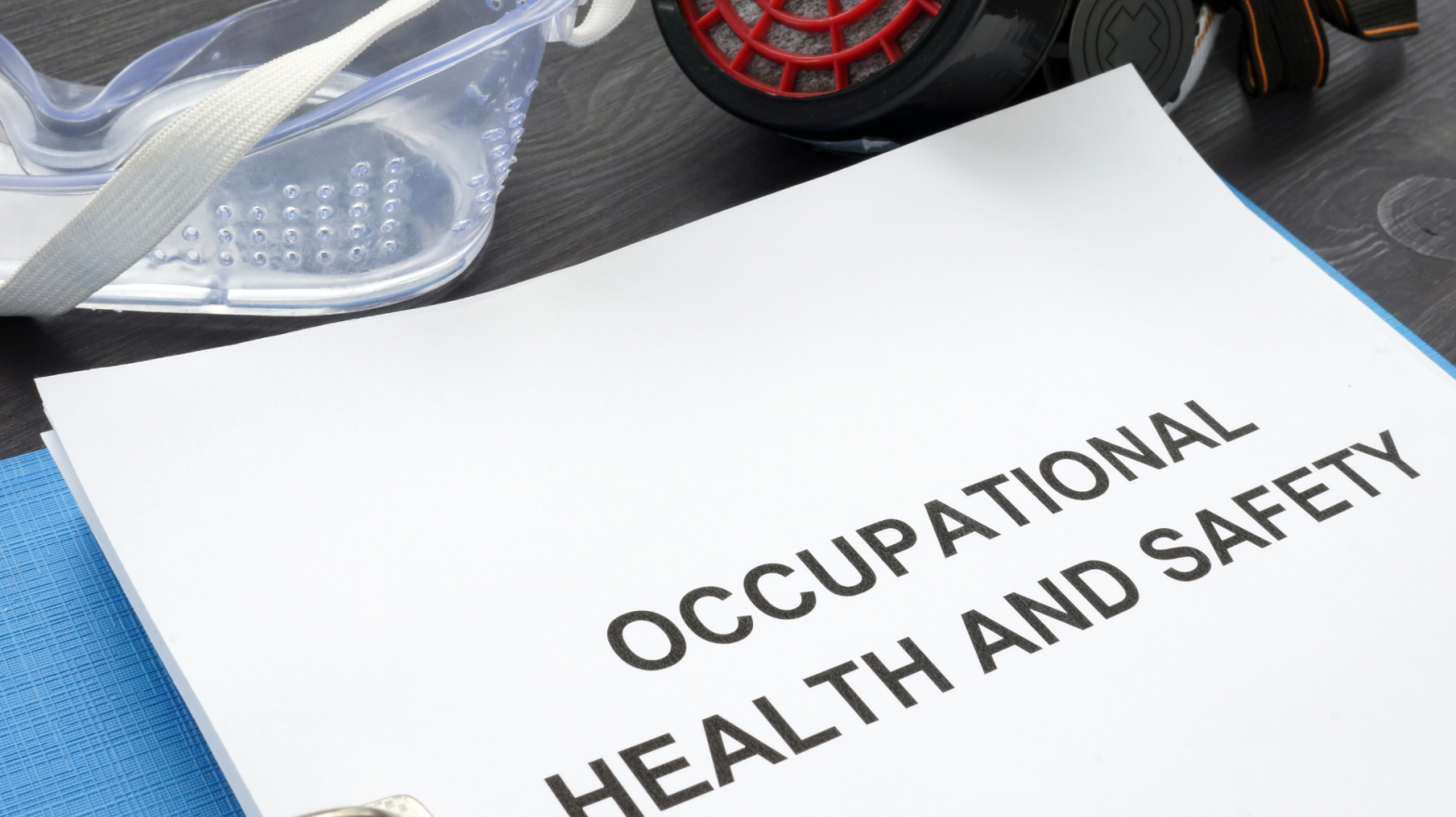What You Need to Know About OHSA Ontario Safety Requirements in Construction
Working in the construction industry means you’re constantly subjected to gruelling hours of manual labour and physical exhaustion.
Whether you’re an independent contractor or the owner of a construction company, you’re bound to engage in projects or tasks that expose you to various risks and hazards, such as injuries from faulty machinery, getting hit by heavy equipment, electrocution, contact with harmful pollutants such as asbestos, or falling from great heights.
This is why the Occupational Health and Safety Act exists.
The OHSA is a regulatory agency that protects workers against occupational health hazards and risks. Their safety guidelines for the construction industry are there to help reduce the overall injury and illness rates.
So, what should contractors do to ensure they’re following the proper guidelines? How can employers protect their employees better? Keep on reading to discover more about the Occupational Health and Safety Act Ontario!
What Is the Occupational Health and Safety Act?
In Canada, the key legislation regulating the health and safety of workers is called the Occupational Health and Safety Act. It is a list of comprehensive policies and protocols that aim to prevent or manage the risks and hazards present in a workplace.
Although the Occupational Health and Safety Act sets out the framework, the health and safety rights, and responsibilities differ in each province and territory in Canada. Overall, however, OHSA outlines how to enforce the proper measures, including enforcement in case non-compliance with the Act is discovered.
The Act also applies to everyone, from floor workers and supervisors to regular employees and business owners across the country. In the construction industry, the guidelines apply to contractors, tradespeople, suppliers, and constructors.
However, if your business deals with hazardous materials, certain OHSA provisions can be modified to allow individuals to develop and enforce their own regulations.
What Are the Rights of Workers Under OHSA Canada?
According to the OHSA in Canada, every worker has three significant rights. So, before you begin tackling a contract, you should be aware of the following:
- The right to know: This means that every worker has the right to be informed by their employer of known or likely risks and hazards present in the workplace. They have the right to be provided with the relevant education, training, and supervision necessary before their projects or contracts begin to protect their health and safety.
- The right to participate: This allows workers to have a say regarding steps or decisions taken by their employer when it comes to health and safety issues in the workplace.
- The right to refuse work: The Occupational Health and Safety Act protects workers who want to refuse any work they believe would endanger their health and/or safety or that of others. This right is often exercised as a last resort when the two rights above fail to ensure the health and safety of the worker.

OHSA Construction Training
Prevention is the key to avoiding workplace injuries and accidents. As a safety committee, a part of OHSA’s safety rules and regulations states that workers in the construction industry must complete annual or periodic training in construction-specific tasks. This includes training in ladder safety, toxic and hazardous substances, medical first aid, and hand and power tools safety training.
Training is done to reinforce the idea that safety should always be a priority in every workplace, especially in construction sites. In Canada, the construction industry has the highest number of workers killed on the job. This is why OHSA training and education are crucial.
Once you complete the training, you will receive an official OHSA certificate.
Key Safety Rules and Regulations From OHSA Ontario
While OHSA Canada’s guidelines differ for each province and territory, there are key construction safety rules and regulations for common hazards present in a work site.
Scaffolding Guidelines
Falling from great heights is, unfortunately, one of the biggest hazards of working in the construction industry. This is because over half of contractors and subcontractors find themselves on scaffolding while on the job.
The Occupational Health and Safety Act dictates that workers must wear protective gear before working, including hard hats, non-skid boots, and tool lanyards. They should also avoid working on wet surfaces or using ladders or boxes while atop scaffolding.
Employers must ascertain that the scaffolding is built by a reliable and competent person who also oversees the daily inspection of the equipment.
Ladder Use Guidelines
Ladders are essential on a construction site. Workers must maintain proper use of ladders at all times to avoid falls or accidents. OHSA Ontario states that tools must be carried inside a tool belt while using ladders.
Meanwhile, employers must ensure employees know how and when to tie ladders off to avoid slip-and-fall accidents.

Head, Eye, and Face Protection
OHSA Ontario’s safety precautions also include knowing how protective gear works. Eye and face protection must be worn while working with hazardous materials to prevent loose particles, molten metal, or chemicals from harming your health. Head protection must be worn at all times to avoid fatalities if an accident occurs and they are struck on the head. In line with that, hard hats must undergo daily inspections to check for damages.
It’s the employer’s responsibility to provide protection for the workers and ensure that the protective gear is in good condition.
Protect Yourself Further With Contractors Insurance
Accidents can happen on a construction site anytime, even with OHSA Ontario guidelines in place. This is why it’s ideal to protect your business against potential losses with a comprehensive insurance plan.
Contractors Insurance specializes in providing customized insurance plans for contractors, tradespeople, and professionals in Ontario.
Our reliable experts can set up insurance bundles for contractors and employers tailored to your unique needs. This ensures you only pay for the coverage you need—without any unnecessary riders.
Contact us today to get started!
BACK TO ALL ARTICLES





Leave a Reply
Required fields are marked *
Leave a Comment